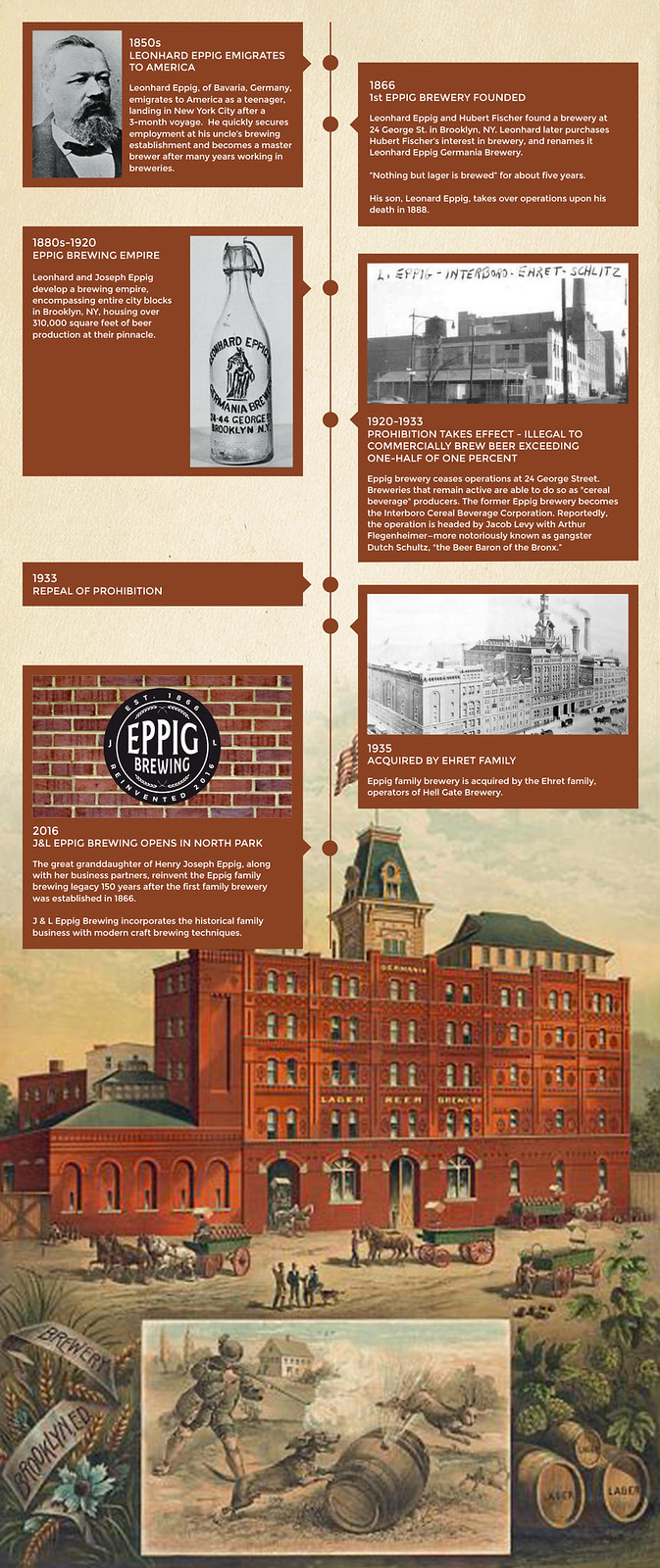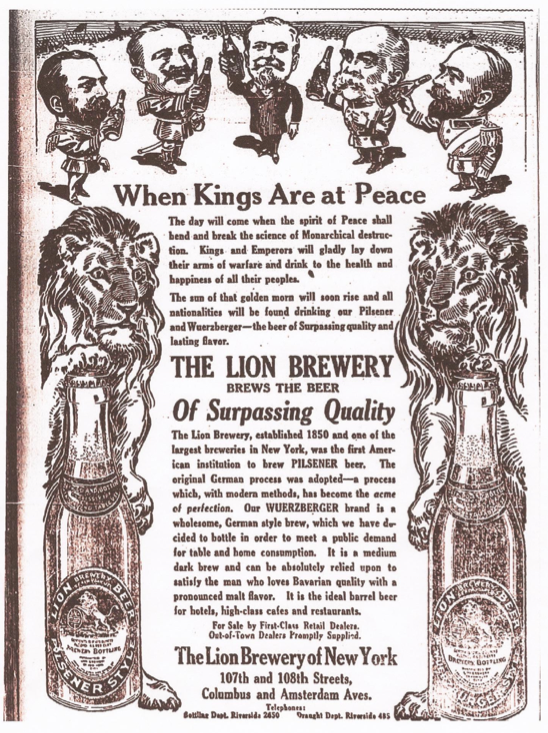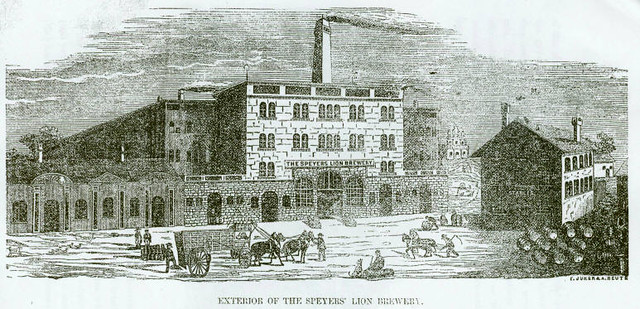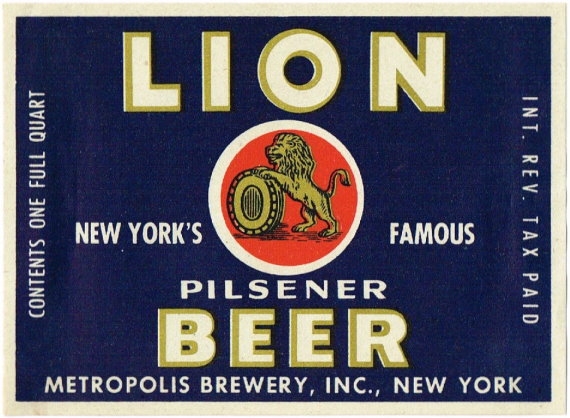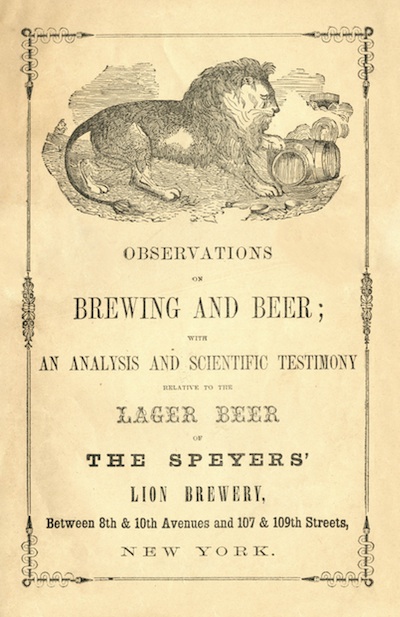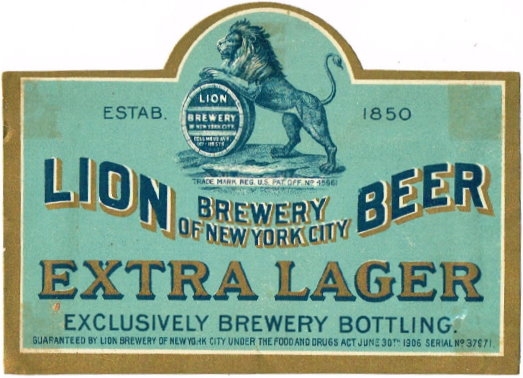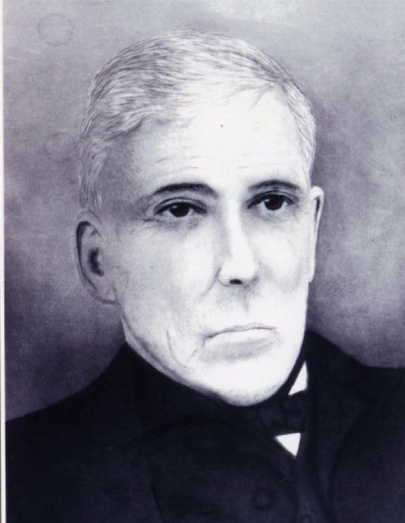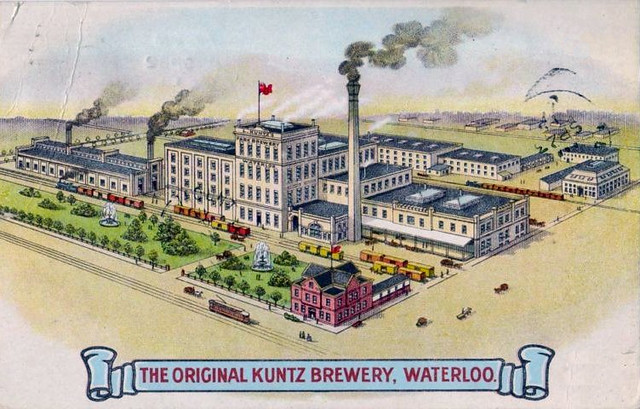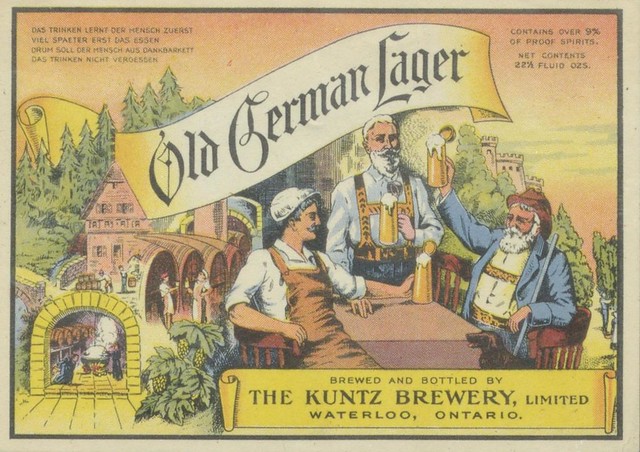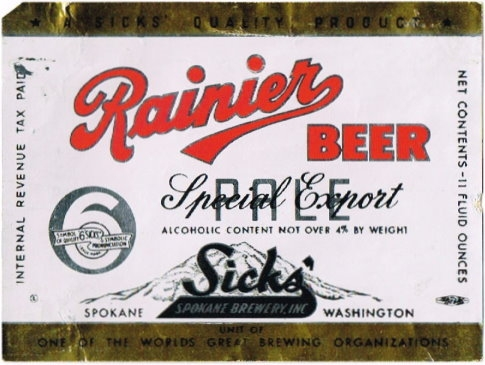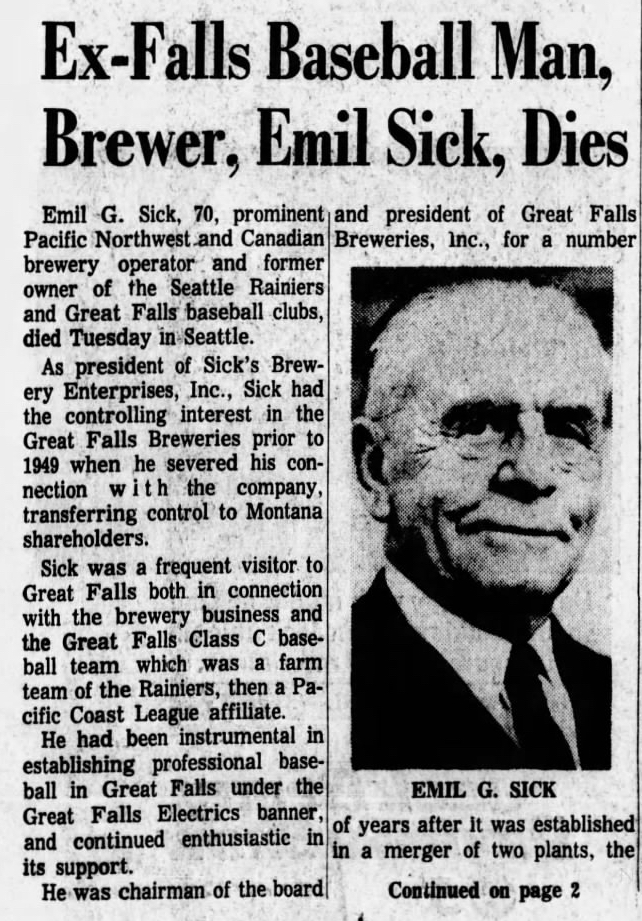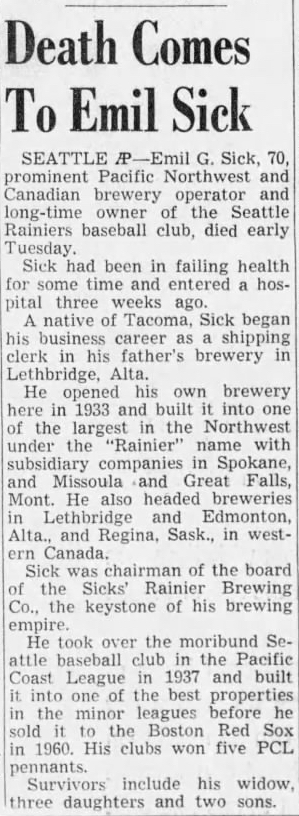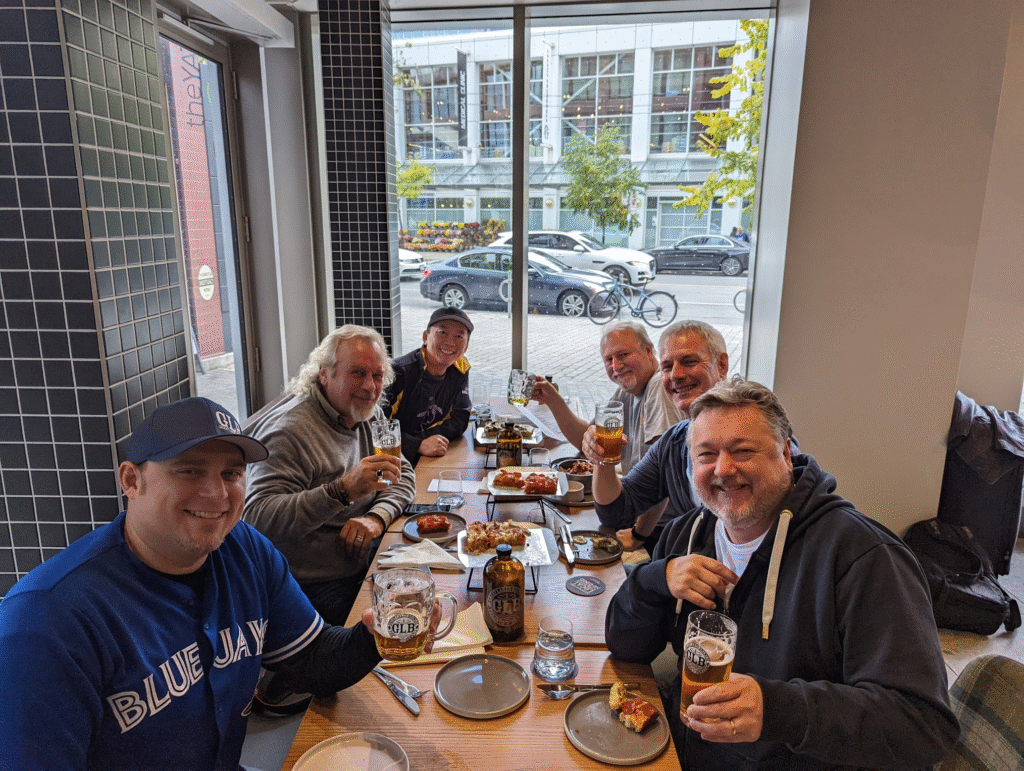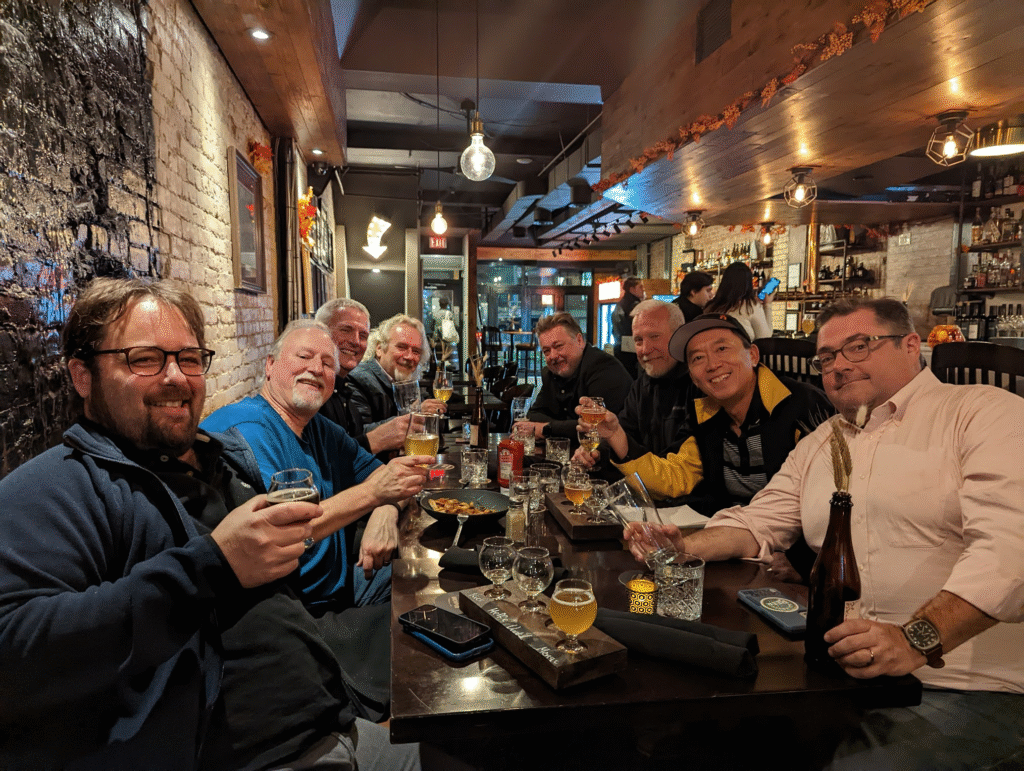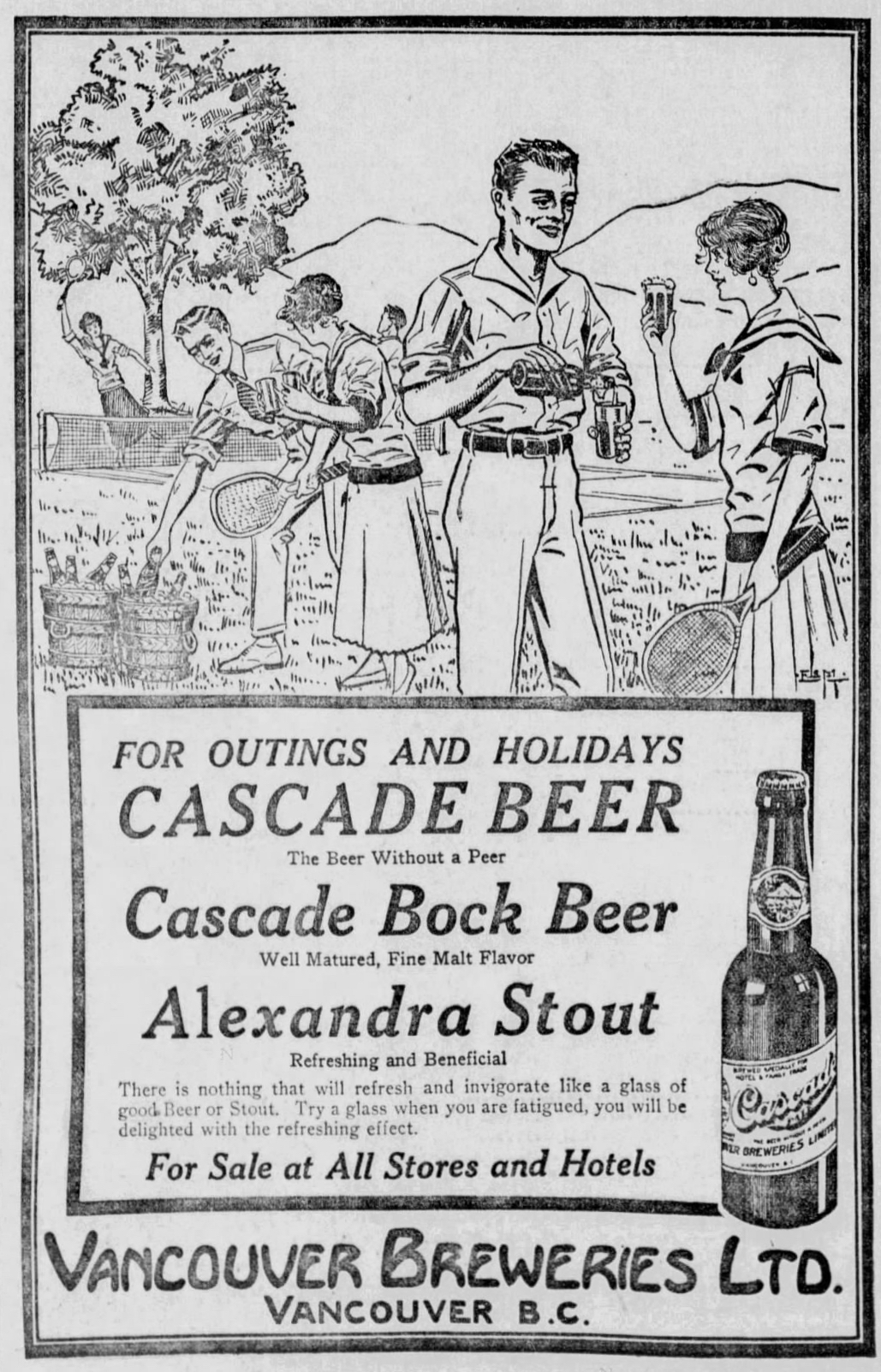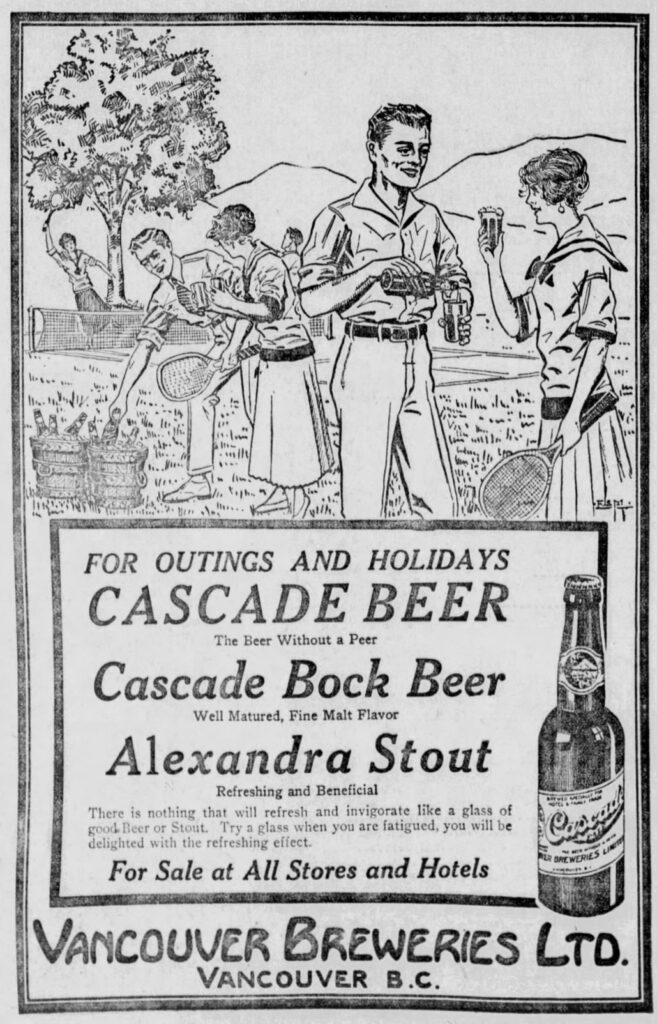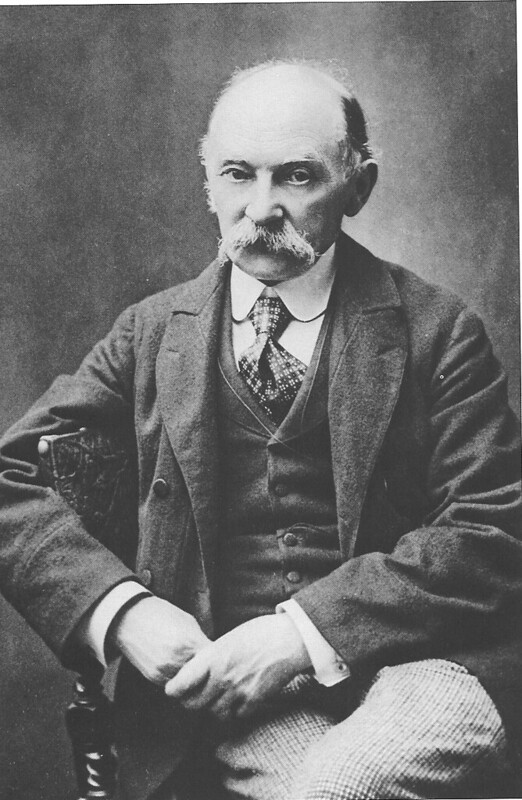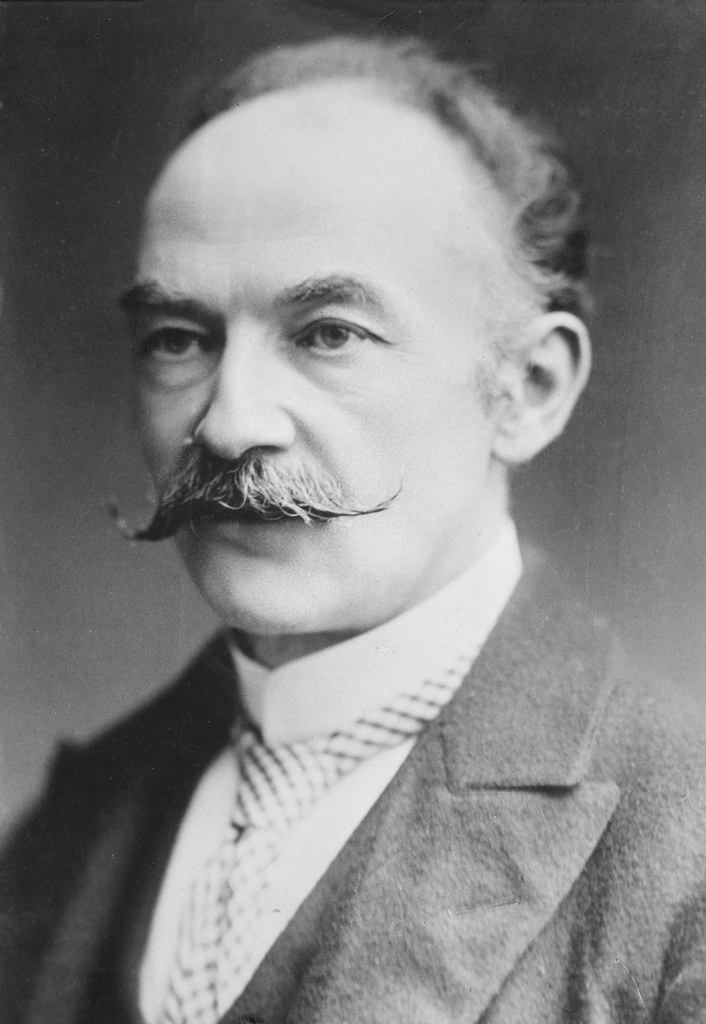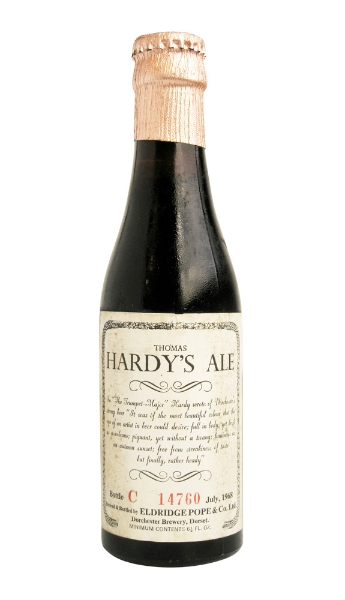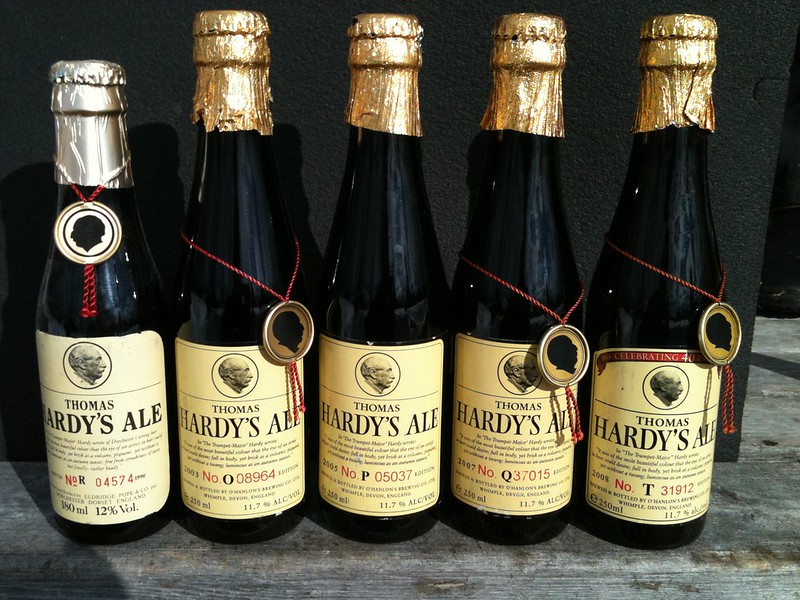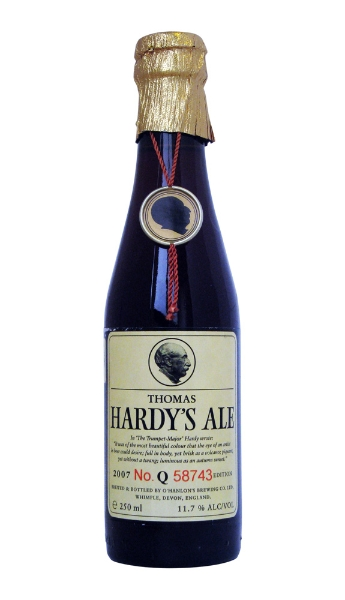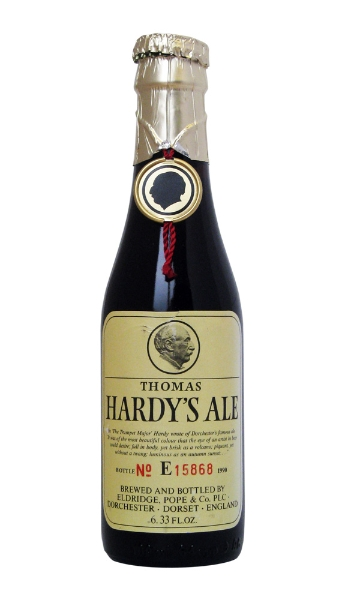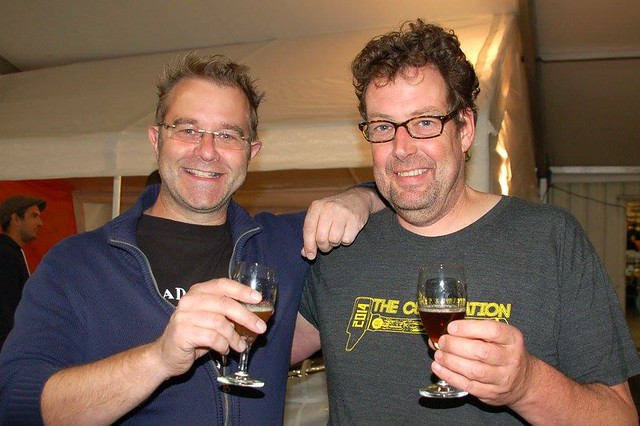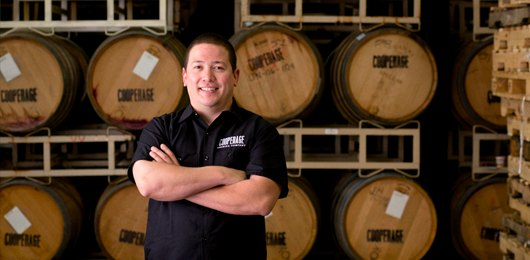
Today is the birthday of Frank Leonard Eppig (June 4, 1864-February 11, 1923). He was born in Brooklyn, New York, and was the son of Leonard or Leonhard Eppig, who owned the Leonard Eppig Brewing Co., but traded under the name Germania Brewery. When his father died, his sons, including Frank as president, continued running the brewery until it was closed down by prohibition in 1920. Frank died in 1923, but the rest of the remaining family reopened the brewery after repeal, but in 1935 sold it to George Ehret Brewery.
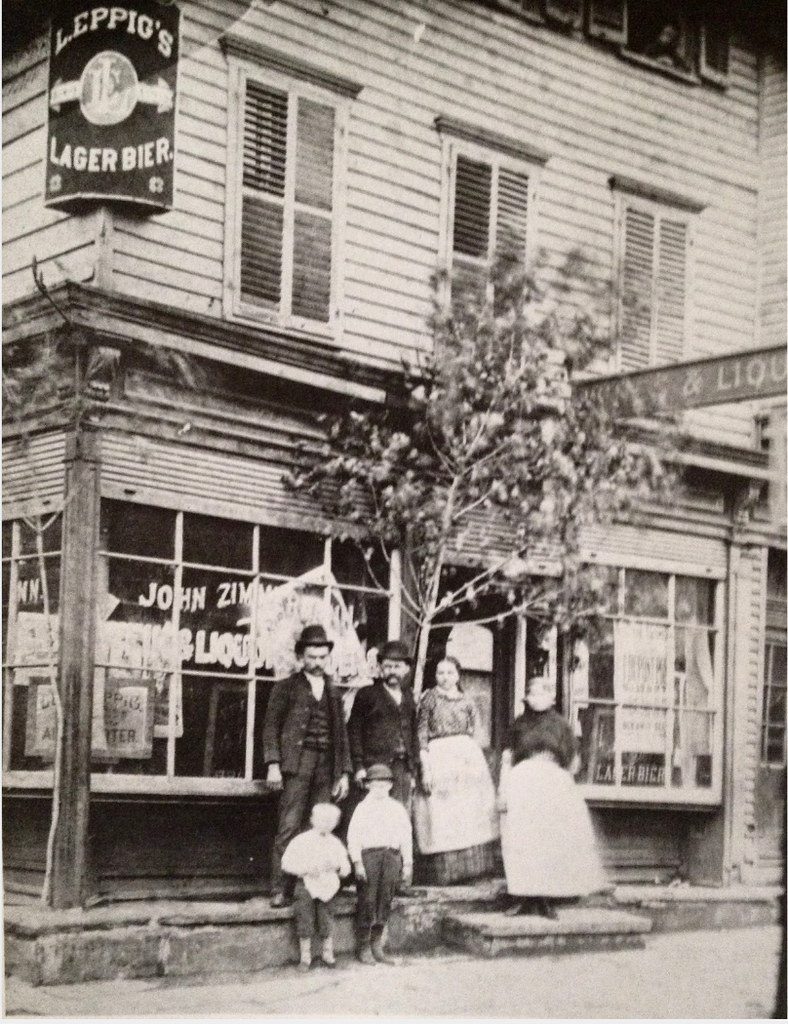
Zimmerman’s Saloon, located at the corner of Graham Ave and Moore Street, in Williamsburg, New York, in 1877, advertising that they carried Leonard Eppig beer.
I’ve been unablt to find any photos of Frank, or much information, but this is Eppig’s obituary from the Brooklyn Daily Eagle, for February 13, 1923:


Recently, a descendant of the Eppig family opened a craft brewery in San Diego, which they named Eppig Brewing, and included this infographic in their website:
